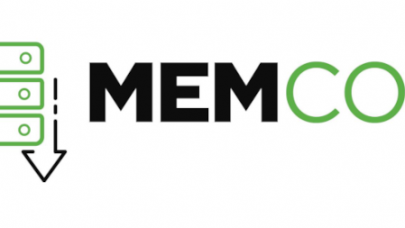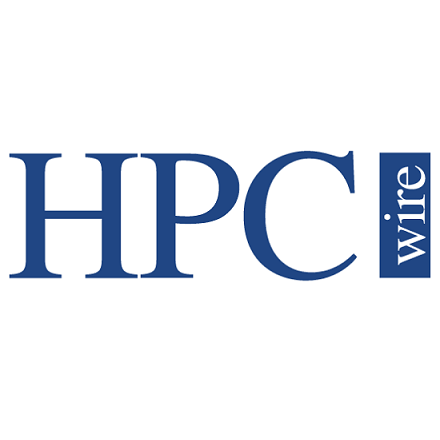
MEMCON 2024: Insights into CXL, HBM, GenAI, and More
March 6, 2024
As the world focuses on GenAI, there is still plenty of other computing going on worldwide. A common denominator is the expanding role of memory technology in G Read more…

DDR5 Memory Spec Doubles Data Rate, Quadruples Density
July 16, 2020
Standards group JEDEC announced the publication of the DDR5 SDRAM spec, the next-generation standard for random access memory (RAM). Compared to DDR4, the DDR5 Read more…

Hybrid Memory Cube Angles for Exascale
July 10, 2012
Computer memory is currently undergoing something of an identity crisis. For the past 8 years, multicore microprocessors have been creating a performance discontinuity, the so-called memory wall. It's now fairly clear that this widening gap between compute and memory performance will not be solved with conventional DRAM products. But there is one technology under development that aims to close that gap, and its first use case will likely be in the ethereal realm of supercomputing. Read more…

Terascale Memory Challenges and Solutions
December 6, 2010
In contrast to the previous decade, CPU clock rates are scaling slower over time due to the power constraints. However, the number of transistors per silicon area continue to increase roughly at the rate of Moore's Law. Therefore, CPUs are being designed and built with an increasing number of cores, with each core executing one or more threads of instructions. This puts a new kind of pressure on the memory subsystem. Read more…

- Click Here for More Headlines

Whitepaper
Transforming Industrial and Automotive Manufacturing
In this era, expansion in digital infrastructure capacity is inevitable. Parallel to this, climate change consciousness is also rising, making sustainability a mandatory part of the organization’s functioning. As computing workloads such as AI and HPC continue to surge, so does the energy consumption, posing environmental woes. IT departments within organizations have a crucial role in combating this challenge. They can significantly drive sustainable practices by influencing newer technologies and process adoption that aid in mitigating the effects of climate change.
While buying more sustainable IT solutions is an option, partnering with IT solutions providers, such and Lenovo and Intel, who are committed to sustainability and aiding customers in executing sustainability strategies is likely to be more impactful.
Learn how Lenovo and Intel, through their partnership, are strongly positioned to address this need with their innovations driving energy efficiency and environmental stewardship.
Download Now
Sponsored by Lenovo
Whitepaper
How Direct Liquid Cooling Improves Data Center Energy Efficiency
Data centers are experiencing increasing power consumption, space constraints and cooling demands due to the unprecedented computing power required by today’s chips and servers. HVAC cooling systems consume approximately 40% of a data center’s electricity. These systems traditionally use air conditioning, air handling and fans to cool the data center facility and IT equipment, ultimately resulting in high energy consumption and high carbon emissions. Data centers are moving to direct liquid cooled (DLC) systems to improve cooling efficiency thus lowering their PUE, operating expenses (OPEX) and carbon footprint.
This paper describes how CoolIT Systems (CoolIT) meets the need for improved energy efficiency in data centers and includes case studies that show how CoolIT’s DLC solutions improve energy efficiency, increase rack density, lower OPEX, and enable sustainability programs. CoolIT is the global market and innovation leader in scalable DLC solutions for the world’s most demanding computing environments. CoolIT’s end-to-end solutions meet the rising demand in cooling and the rising demand for energy efficiency.
Download Now
Sponsored by CoolIT
Advanced Scale Career Development & Workforce Enhancement Center
Featured Advanced Scale Jobs:
HPCwire Resource Library
HPCwire Product Showcase
© 2024 HPCwire. All Rights Reserved. A Tabor Communications Publication
HPCwire is a registered trademark of Tabor Communications, Inc. Use of this site is governed by our Terms of Use and Privacy Policy.
Reproduction in whole or in part in any form or medium without express written permission of Tabor Communications, Inc. is prohibited.
























